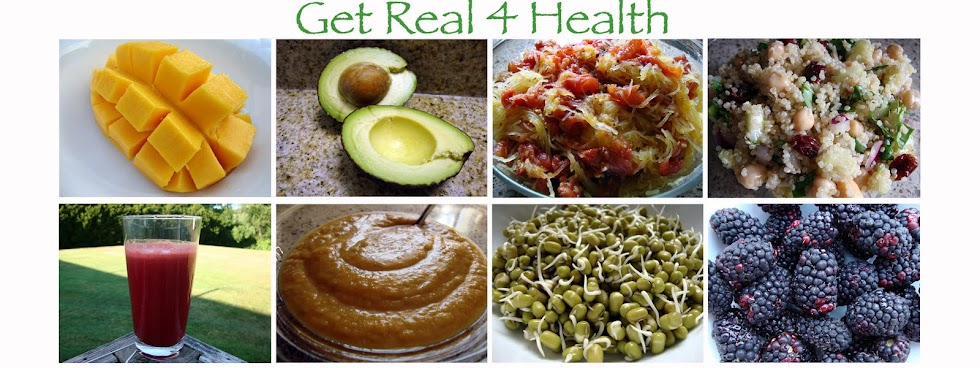
A while back I posted a recipe for Hidden Vegetable Fried Rice. The idea behind the dish was that by chopping up the vegetables very fine, they were almost unnoticeable among the starchy rice. This is a great technique to use if you’re trying to get your kids to eat more vegetables.
Along this same concept, a couple of weeks ago, I shredded green cabbage very fine and then sautéed it until it was tender. For me, texture is everything and I’ve been finding lately that especially with tough veggies like cabbage, I’m more likely to eat them if the pieces are small (I do this with my fermented veggies as well). A nice scoop of finely-chopped, sautéed cabbage was wonderful as a side dish and I used it as “rice” under my other sautéed vegetables. It’s also much higher in fiber and nutrients and lower in starch than rice.
To prepare, simply chop cabbage into large chunks, then process in the food processor until fine.
Heat skillet or Dutch oven to medium, then add a small amount of grapeseed oil to the pan.
When the oil is hot, add the cabbage, sea salt, and pepper, and sauté until tender and slightly brown. Add additional seasonings if desired.










